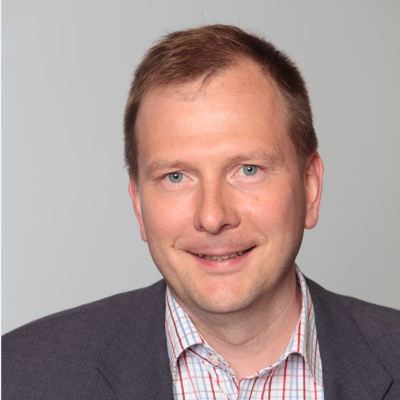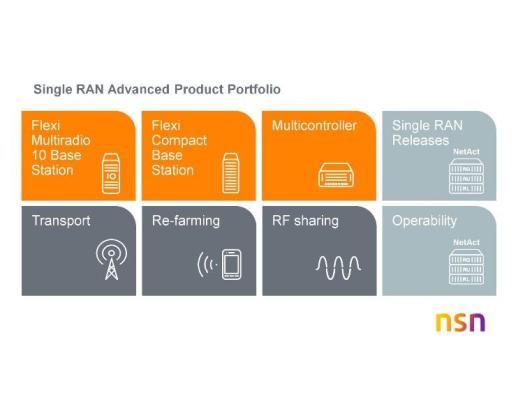Nokia Solutions and Networks today said its new Single RAN (radio access network) Advanced will assist telecom operators to reduce Opex.
NSN does not share specific details on savings on Opex.
The telecom equipment vendor claims that the enhanced Liquid Radio GSM Software Suite frees up 55 percent of the spectrum for HSPA/LTE refarming.
The latest Single RAN features fewer boxes, less cabling, faster installation, simpler operations and more efficient use of spectrum.
Kimmo Virkki, vice president, Single RAN Business Product Management at NSN. “NSN’s Single RAN Advanced cuts through this complexity by running GSM, HSPA and LTE technologies on shared multi-purpose hardware. Our latest features simplify base station sites and their operations, slashing costs and freeing up 55 percent of the spectrum for HSPA/LTE refarming.”
According to ABI Research, in order to save 30 percent – 50 percent Capex and Opex, telecoms in East Asia are supporting C-RAN structure and network virtualization.
In South Korea, SK Telecom and KT have implemented centralized base station architectures for their LTE networks. Japanese operator NTT Docomo used C-RAN in 2013 as the operator announced the adoption of the structure for its LTE-A rollout. China Mobile who had been holding major trials across the country is expected to incorporate C-RAN in its commercially deployed networks in China between 2015 and 2016.
NSN says single RAN releases will support GSM, WCDMA and LTE deployments. The new Single RAN Advanced will align availability of three separate software releases, making it easy to build, operate and maintain NSN Single RAN Advanced networks.
Flexi Multiradio 10 Base Station 6 x 60W radio frequency module enables a compact three-sector site with LTE MIMO 2×2 using just one radio frequency (RF) hardware unit instead of two 3-pipe modules. It provides 360W total RF output power, the highest in market, for better end user experience. With this, operators can now deploy 1800 MHz LTE/GSM refarming and RF sharing using half the number of modules.
This new sub-module supports three times more RF ports compared to earlier models, enabling operators to meet their refarming and RF sharing needs with less hardware.
Smart Dual Beam (SDB) application software for Liquid Radio GSM Software Suite brings an intelligent new way to build three-sector GSM sites. This enables operators to either benefit from 50 percent more GSM capacity in their existing spectrum and base station sites, or provide 20 percent more spectrum for HSPA/LTE deployments.
The spending on LTE base stations will hit US$ 12.3 billion in 2013 as countries around the world join the high-speed club. LTE has helped to reverse the downward trend in RAN expenditure in Western Europe last year and will do the same in Eastern Europe, Latin America, and Middle East in 2013 and Africa in 2014, said ABI Research.







